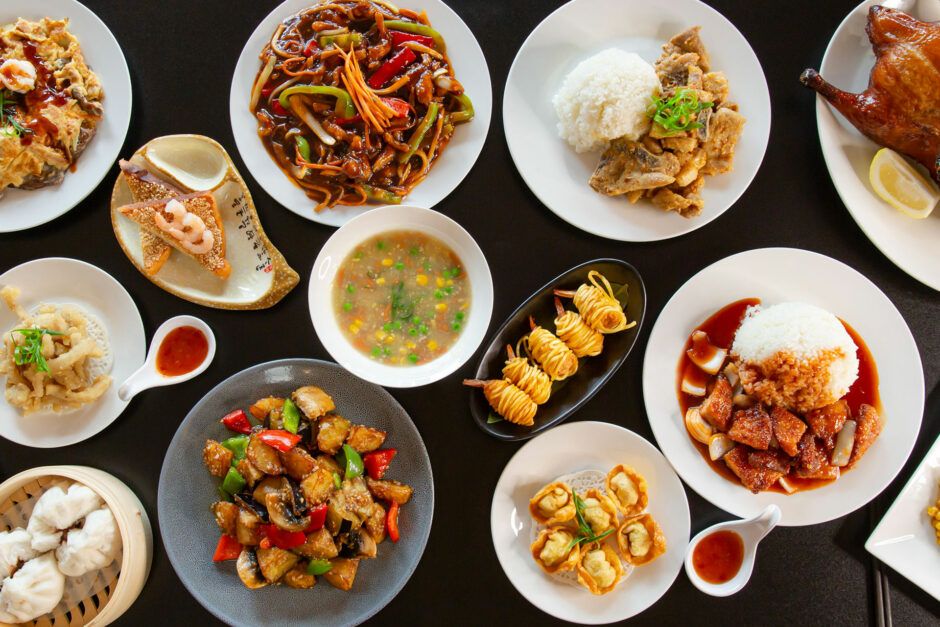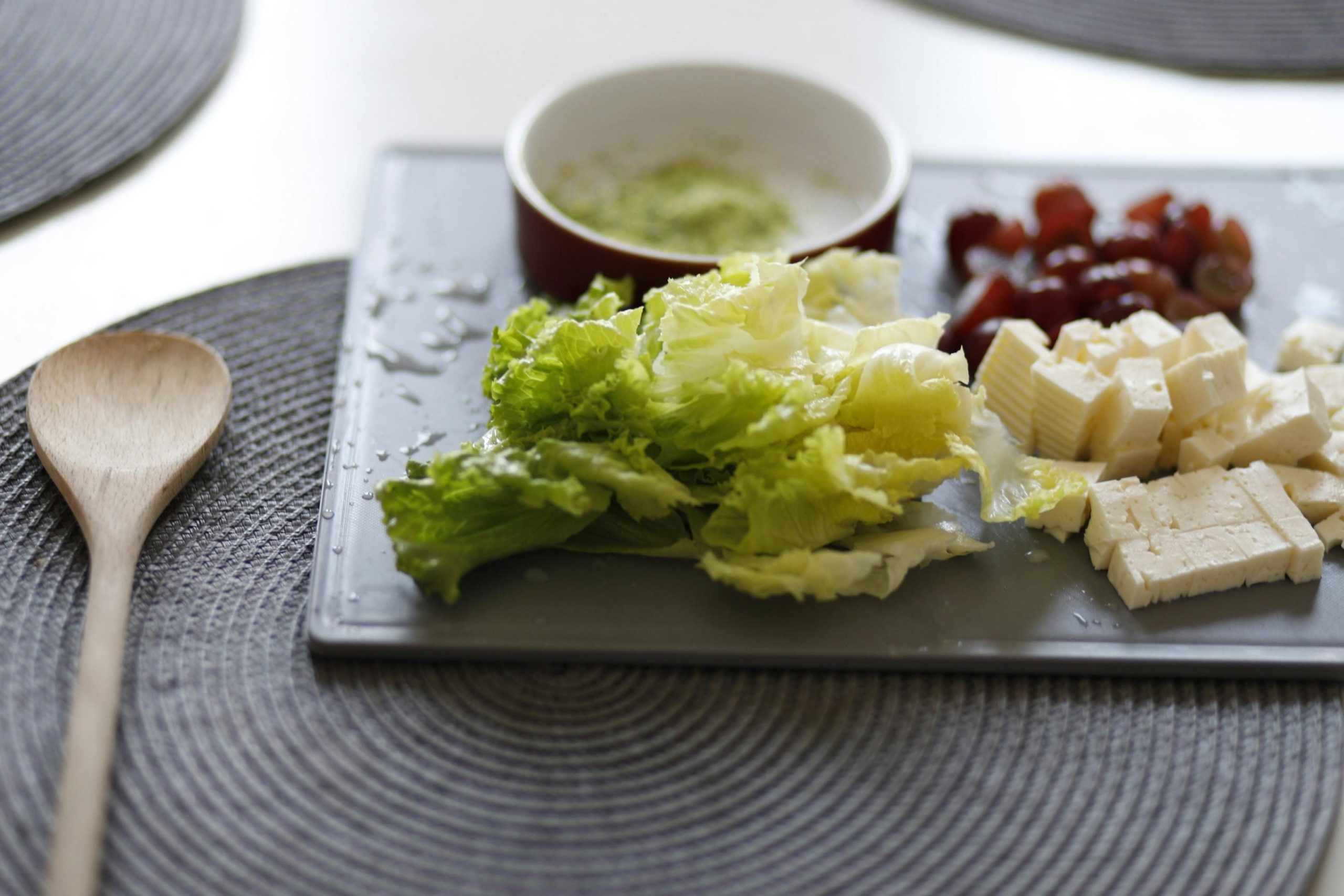Have you ever wondered what makes Asia Chinese cuisine so irresistibly diverse and unique?
With countless regional variations and a rich historical tapestry, it can be overwhelming to understand and appreciate the full scope of this culinary tradition.
Asia Chinese cuisine is a vast and varied culinary landscape, shaped by regional influences, historical changes, and the profound impact of the Chinese diaspora.
This blog will take you on a flavorful journey through the history, regional diversity, and distinctive cooking techniques of Asia Chinese cuisine, while also providing insights into where to find authentic dishes and how to enhance your culinary experiences.
The Historical Journey of Asia Chinese Cuisine

The historical journey of Asia Chinese cuisine is as rich and layered as the flavours found in its dishes. Tracing back to the early dynasties, Chinese cuisine has continually evolved, influenced by various factors such as geographical expansions, cultural exchanges, and technological advancements. From the rudimentary methods of the Stone Age to the sophisticated dining of the imperial courts, each period has left an indelible mark on the culinary practices of today.
Over the centuries, Chinese cuisine has been a mirror reflecting the social and economic changes within the country. During the Tang Dynasty, for instance, the Silk Road introduced new ingredients and cooking methods from abroad, enriching the local cuisine. In modern times, the migration of Chinese people across the globe has further diversified the culinary landscape, integrating local tastes and ingredients with traditional Chinese techniques. This rich history not only highlights the adaptability and appeal of Chinese cuisine but also its role in cultural identity and continuity.
Regional Variations in Asia Chinese Cuisine

The regional variations of Asia Chinese cuisine are a testament to the vast geographical diversity of China. From the arid plains of the north to the lush river deltas of the south, each region has developed its own distinct culinary traditions. For example, Northern China is famed for its wheat-based dishes such as noodles and buns, while Southern China’s cuisine features a plethora of rice dishes and fresh seafood, thanks to its warmer climate and coastal geography.
Moreover, the historical Silk Road significantly influenced regional cuisines along its path. Sichuan cuisine, known for its bold spices and pungency, reflects the ancient trade of spices and ideas. Meanwhile, Eastern China’s cuisine showcases a preference for sweetness and subtlety, a likely nod to the region’s historical affluence and access to a variety of ingredients. These regional differences not only add to the richness of Chinese cuisine but also tell a story of migration, trade, and ecological diversity.
Where to Find Authentic Asia Chinese Cuisine
Discovering authentic Asia Chinese cuisine can be a delightful adventure for any food enthusiast. To truly experience the depth and variety of this rich culinary tradition, it’s essential to know where to look. Cities with a significant Chinese population often boast a plethora of restaurants that serve genuine dishes, reflecting the regional diversities of China. From bustling Chinatowns in major metropolitan areas to hidden gems in smaller towns, these spots are culinary goldmines for those seeking traditional flavors.
Moreover, many high-end dining establishments around the world are now embracing the authentic aspects of Chinese cuisine, often guided by chefs who hail directly from China. These restaurants, sometimes even Michelin-starred, offer meticulously prepared classic dishes alongside innovative creations that pay homage to their Chinese roots. Whether it’s a simple, comforting bowl of congee or an elaborate multi-course meal, these venues provide an authentic taste of China’s culinary heritage.
Discover Nearby Spots for Chinese Cuisine

For those eager to explore Chinese cuisine locally, a good starting point could be the renowned spots within your own city. Many urban areas have districts or streets famous for their Chinese food offerings, where one can indulge in everything from dim sum to Peking duck. Additionally, local food blogs and review sites can be invaluable resources, offering insights and recommendations on where to find the best Chinese dining experiences. Remember, the key to discovering great food is to look where the local Chinese community eats – these places are often the most authentic.
Comparing Pan Asian and Asia Chinese Cuisines
Pan Asian and Chinese cuisines, while both incredibly diverse and rich in history, present distinct characteristics that set them apart. Chinese cuisine is deeply rooted in its regional traditions with a focus on balancing the flavors of Ying and Yang. It often uses ingredients like soy sauce, ginger, and garlic to create a harmony of tastes in dishes such as Peking duck and dim sum. In contrast, Pan Asian cuisine is a broader concept that incorporates a fusion of flavors from across the entire Asian continent, offering a more eclectic range of dishes from sushi to Thai curries.
The approach to cooking and the ingredients used are what primarily differentiate these two styles. Chinese cuisine tends to stick to traditional recipes that have been perfected over centuries, focusing on regional authenticity. On the other hand, Pan Asian cuisine is characterized by its innovative blending of ingredients from various Asian cultures, creating new and unique dishes that might not belong to any single traditional cuisine. This makes Pan Asian food a popular choice for those looking to explore a wide array of Asian flavors in one place.
Flavors and Ingredients of Chinese and Pan Asian Cuisines
Chinese cuisine is renowned for its meticulous use of well-balanced ingredients that reflect the ancient philosophy of Yin (cold, bitter, sour) and Yang (hot, sweet, spicy). Staples such as soy sauce, scallions, and oyster sauce are commonly used to achieve a harmonious taste. In contrast, Pan Asian cuisine is like a culinary mosaic, drawing from a vast pool of ingredients across Asia. This includes lemongrass from Vietnam, sushi-grade fish from Japan, and spices like turmeric from India.
The diversity in Pan Asian cuisine often means a vibrant plate that combines tangy, sweet, and savory flavors, appealing to a broad palate. It is not uncommon to find a Pan Asian menu featuring both a spicy Szechuan dish and a mild Japanese miso soup. This variety can be both a delight and a complexity, as it sometimes risks diluting the authenticity of each regional flavor. Nonetheless, it provides an adventurous dining experience, often introducing diners to flavors they have never encountered before.
Cooking Techniques in Asia Chinese Cuisine
Chinese cooking techniques are a testament to the cuisine’s history and cultural significance, often passed down through generations. Techniques such as stir-frying, steaming, and braising are fundamental, each serving a specific purpose to enhance the natural flavors and textures of the ingredients. For example, stir-frying quickly cooks ingredients at a high heat to retain crispness and flavor, which is essential in dishes like chow mein.
These cooking methods are deeply ingrained in Chinese culinary traditions and reflect the regional adaptations and resources available. In contrast, Pan Asian cooking might incorporate these techniques but also introduces methods from other cultures such as Korean barbecuing or Japanese tempura frying. This fusion approach allows for creativity in the kitchen but can sometimes stray from the traditional methods that define authentic Chinese cuisine.
Reviews of Asia Chinese Cuisine Experiences

Reviews of Asia Chinese cuisine often highlight the authenticity and depth of flavours experienced across different regions. Many travellers appreciate the spicy kick of Sichuan dishes, while others prefer the subtle sweetness found in Eastern Chinese cuisine. Popular dishes like Peking duck from Beijing receive high praise for their crispy skin and succulent meat, often described as a ‘must-try’ for visitors.
On the other hand, critiques sometimes mention the overwhelming choices and complexity in menus which can confuse those new to this cuisine. However, the freshness of ingredients and the skillful preparation are consistently lauded, making any culinary exploration a largely satisfying experience. Reviewers also frequently commend the warm hospitality and rich cultural atmosphere that accompany meals, enhancing the overall dining experience.
Enhance Your Culinary Journey with INDULGE
INDULGE offers curated culinary tours and exclusive dining experiences that are perfect for enhancing your understanding of Asia Chinese cuisine. Whether you’re a seasoned foodie or a curious tourist, these tours provide a unique opportunity to explore the rich flavors and diverse culinary practices of Asia Chinese cuisine right in the heart of Zurich.
By participating in an INDULGE tour, you’ll gain insights into:
- The historical roots and regional variations of Asia Chinese dishes
- Cooking techniques used by local chefs
- The cultural significance of food in Chinese society
Don’t miss out on this gastronomic adventure. Visit INDULGE today to book your culinary tour and take your taste buds on a journey they’ll never forget!








